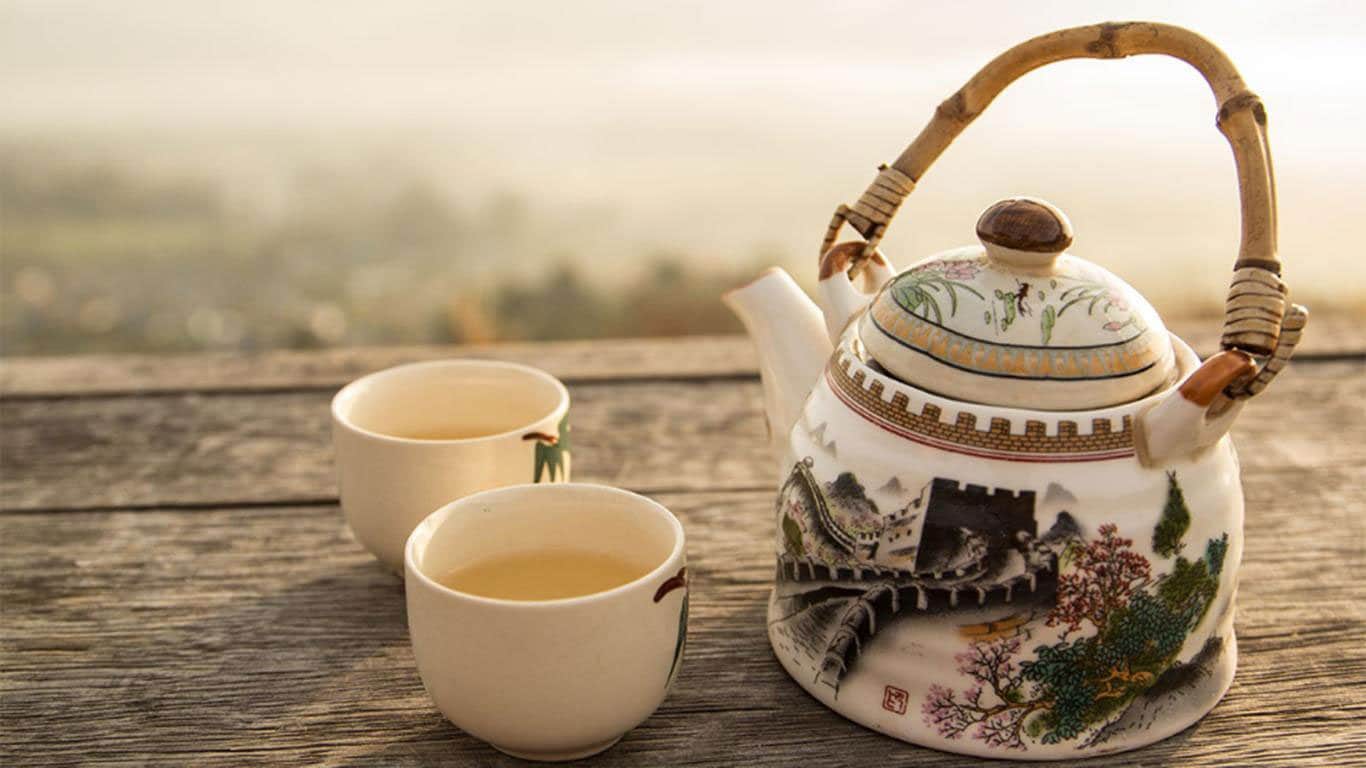
Table of Contents
Since there are many varieties of tea available, it follows that there are various ways of brewing them as well.
These different brewing methods contribute to how your cup of tea will ultimately taste. When preparing loose leaf tea, you have western-style tea brewing as well as the Asian methods, including the Chinese Gong Fu style and the Japanese art of brewing green tea.
Whatever method you choose, however, will share several factors that affect brewing including the temperature of your water, loose leaf to water ratio, and the length of time you steep your tea, among others.
Factors That Affect Brewing
Water
Your cup of tea is almost 98% water while the tea itself makes up a little over 2%. You need to start with good quality, clean and fresh-tasting water. Your choice of tap, spring, deep-well, mineral or filtered water will also contribute to the flavour of your tea.
Tea Quality
The better the quality of your tea, the better tasting it is when brewed. Loose leaf tea is a superior choice over tea bags. Top shelf teas are usually more expensive though, yet well worth the flavour.
Tea to Water Ratio
The recommended number of grams of tea per cup depends on the type of tea you are brewing. Once you figure this out, you can then add the corresponding amount of hot water, following the tea to water ratio. There are no set rules for this, but in the Gong Fu method, the tea brewing ratio ranges from 3 to 6 grams of tea leaves per 100 ml of water while Western brewing methods follow 0.5 to 2 grams of tea per 100 ml of water.
Take note though that the amount of water will determine how concentrated your tea will be. Too much water it might taste mild, while too little might be too strong and pungent. Your personal preference comes into play as well.
It will take several attempts and a lot of experimentation to find the perfect brewing recipe for your tastes. For an in-depth guide for Chinese green tea, oolong tea, Pu’erh tea, and white tea – read our guide: How to Make Chinese Tea: The Most Comprehensive Chinese Tea Brewing Guide.
Temperature
Once you know how much water you need, the correct temperature is another factor you need to consider when brewing. If the water is too hot, your tea could end up bitter; if too cold, it might taste weak or watered down. In Gong Fu brewing, it is also important to preheat your gaiwan or brewing pot, so it does not absorb the hot water, and your tea’s many flavours can emerge fully. Each tea variant has its own recommended steeping temperature due to the different rates of oxidation, so it is essential to monitor your kettle as you brew your tea.
Steeping Time
The final factor to watch out for while brewing your tea is your steeping time. The steeping time of high quality, loose-leaf black, green, white, oolong and pu’erh teas range anywhere from two to five minutes depending on the type of tea. Steeping your tea too long might make your tea taste too strong and even bitter while steeping it too quickly will make you miss out on its full flavour. It is also possible, primarily via the Gong Fu style of brewing, to steep tea multiple, allowing more scents and flavours to emerge after every steep.
Discover Your Own Recipe
Brewing tea is not an exact science, and there are no set rules to break. There are only general guidelines concerning the amount of tea you will brew, steeping time and water temperature. At the end of the day, however, how you brew your tea the way you like it is entirely subjective. Feel free to experiment and try out variations of these guidelines to suit your taste.




